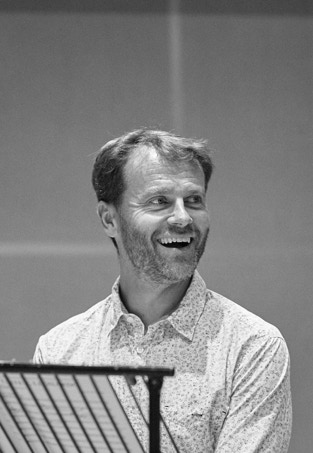THE IMAGE
Knot and interlace designs have been popular motifs in many cultures. They became especially favoured in North Italian courts, especially for elaborate costumes. Isabella d’Este, sister of the Duke of Milan’s wife, Beatrice, tried to appropriate the motif for her personal use. The poet, Niccoló da Correggio, identified one of the knots specifically as one of Isabella’s heraldic ‘devices’, designating it as the ‘fantasia dei vinci’. A knotted golden rope, interwoven with the branches of trees, meanders its geometrical way across the ceiling of the Sala delle Asse in the Sforza Castle, decorated by Leonardo to celebrate the union of Duke Ludovico with Beatrice d’Este.
Vinci are flexible osiers used in basket work. Leonardo was faced with a ready-made pun, which he did not fail to exploit. The personalised dimension of the fantasia dei vinci found its most sustained expression in six printed knot designs for the ‘AC[H]ADEMIA LIONARDI VINCI’, datable to the 1490s, which seem to signal his aspiration to promote an ‘academy’ in Milan.
He devised many variations on knot designs as a kind of visual music, experimenting insistently with alternative patterns as did composers with different versions of the l’homme armé tune. Contrary to general expectation, the knots are not composed from a single thread, but from a set of units that interlock with incredible intricacy...
MARTIN KEMP
———————————————————————————————————————
THE MUSIC
...which is exactly what the two duos (one each of sopranos and tenors) do in the third section of this Agnus Dei, itself a musical knot garden. After two relatively simple initial sections based around the ‘armed man’ tune, for the third section Josquin creates these two sets of interwoven strands (in musical terms, canons), and places them over the top of the armed man tune again but which this time has been slowed down and put in the basses to create a slow-moving scaffold. While one sings the tune forwards, the other simultaneously sings it backwards (Josquin’s own form of mirror writing). For this recording, the whole is set off with naturally produced vocal harmonics, reminding us that Leonardo’s art had one central embrace - the rational mathematical laws of God’s creation.
Josquin and Leonardo would surely have known each other in Milan, creating our only genuine artist/musician connection on this fantasy recording.
ROBERT HOLLINGWORTH
TEXT / TRANSLATION
Agnus Dei, qui tollis peccata mundi,
miserere nobis (twice).
Agnus Dei, qui tollis peccata mundi,
dona nobis pacem.
O Lamb of God, that takes away the sins of the world;
have mercy on us.
O Lamb of God, that takes away the sins of the world;
give us peace.

Nicholas Hurndall Smith
Tenor
Credit Matthew Brodie
I FAGIOLINI
Charlotte Mobbs - soprano
Anna Crookes - soprano
Richard Wyn Roberts - counter-tenor
Robert Hollingworth - counter-tenor
Matthew Long - tenor
Nicholas Hurndall Smith - tenor
Jimmy Holliday - bass
Charles Gibbs - bass